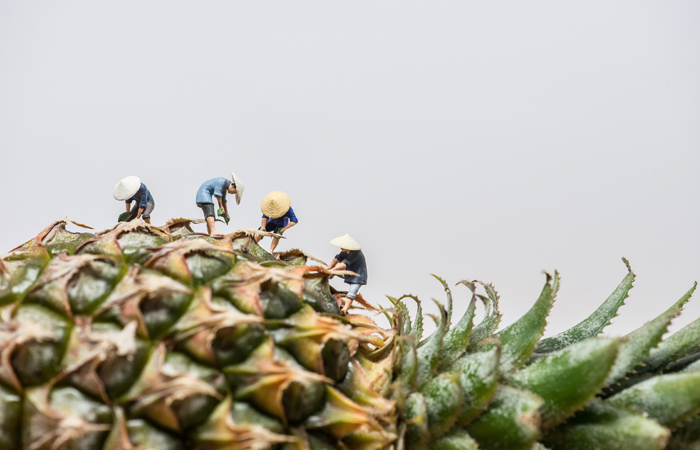อุตสาหกรรมอาหารและเครื่องดื่มไทย และโอกาสในตลาดโลก
By: Editorial Team
Food Focus Thailand Magazine
editor@foodfocusthailand.com
อุตสาหกรรมอาหารในภาพรวมปี 2560 “ขยายตัว” ทั้งด้านการผลิต การจำหน่ายภายในประเทศการส่งออก และการนำเข้า โดยด้านการผลิต และการจำหน่ายภายในประเทศในช่วงเดือน ม.ค.-ก.ย. 2560 ขยายตัวที่ร้อยละ 3.71 และ 6.31 (%yoy) ตามลำดับ จากการเพิ่มขึ้นของความต้องการบริโภคภายในประเทศ โดยเฉพาะกลุ่มสินค้าปศุสัตว์แปรรูป ประมงแปรรูป และอาหารสัตว์ รวมถึงความต้องการบริโภคของประเทศคู่ค้าหลักที่เพิ่มขึ้นอย่างต่อเนื่อง สำหรับด้านการส่งออกขยายตัวที่ร้อยละ 10.34 (%yoy) จากการฟื้นตัวทางเศรษฐกิจของประเทศคู่ค้าหลัก ทำให้ประเทศคู่ค้าหลักมีความต้องการสินค้าอาหารของไทยเพิ่มมากขึ้นในทุกกลุ่มสินค้าอาหาร โดยเฉพาะปศุสัตว์แปรรูป และผักผลไม้แปรรูป อีกทั้งด้านการนำเข้า ขยายตัวที่ร้อยละ 6.62 (%yoy) มีสาเหตุสำคัญจากการเพิ่มขึ้นของระดับราคาปลาทูน่าสดแช่เย็นแช่แข็งที่ไทยต้องนำเข้าจากประเทศคู่ค้าเนื่องจากผลผลิตประมงภายในประเทศไม่เพียงพอต่อความต้องการ ทำให้มูลค่านำเข้าในภาพรวมเพิ่มขึ้นมากกว่าช่วงเดียวกันของปีก่อน
Overall food industry situation in 2017 was “expanded” in all sectors including manufacturing, domestic sale, export and import. The manufacturing sector and domestic sale during January to September 2017 was up by 3.71 percent and 6.31 percent (%yoy), respectively, due to rising consumption demand in domestic, especially for processed livestock products, processed fishery products, and feedmeal, as well as higher consumption demand by major trading partner countries. The export sector grew by 10.34 percent (%yoy), thanks to recovering economic growth of major trading partner countries resulting in higher demand for Thai food products in all food categories, in particular processed livestock and processed fruits and vegetables. The import sector also increased 6.62 percent (%yoy) due mainly to higher price of frozen and chilled fresh tuna, which Thailand needs to import from trading partners following inadequate supply in domestic causing higher import value in overall compared to the same period last year.





